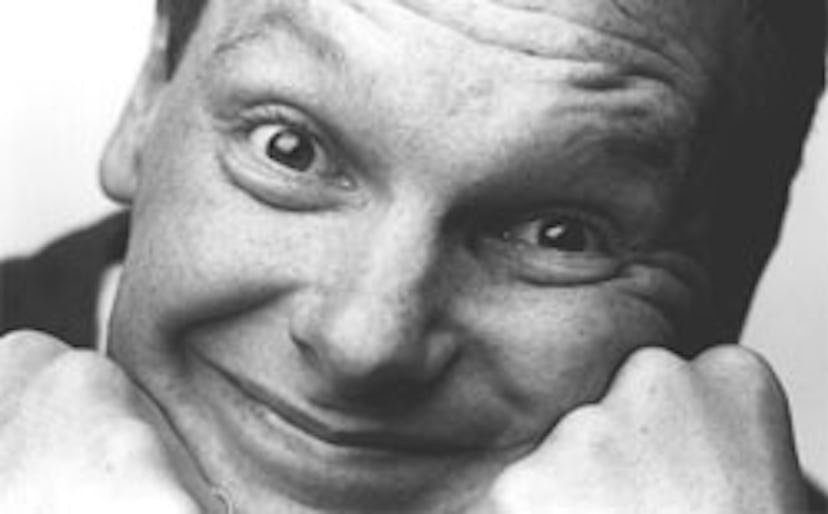What inspired two of your most distinctive typefaces, Mommie and Narziss, which have found their way onto the pages of W? With Mommie, I had seen something very similar in a book of fonts, but it was just an illustration of two words: “Mommie Dearest.” It had these beautiful big and bold drops at the end of the letters, and there wasn’t an entire typeface just like it so I decided to make one. As for Narziss, I wanted to do a decorative typeface in which each swirl overlaps the swirls on the next letter, so everything becomes an interconnected ornament. Again I was working from just a found illustration. The difficult thing about Narziss was that the swirls have to look nice in every possible combination of letters.
What’s the one typeface you wish you had created? I always liked Vendome, it’s a very strange serif typeface, just a little bit oblique—you wouldn’t think it could work like that, but it works perfectly. That’s what I love most about typefaces, when they kind of work despite themselves.
How do you think American and European magazines differ in their use of typography? Americans use more serif typefaces than Germans, and overall the use of color harmonizes more. It’s very well organized. American magazines are like Hollywood movies in the sense that they are extremely beautifully crafted but they tend to fall into very narrow genres. It’s the same formula over and over again. European magazines might not be as well designed on a technical level but they seem more radical in their approach; there is more variety. European magazines tend to be more extreme in their design and photography.
Do you have a favorite letter? Aesthetically, the lowercase a and g are my favorite letters. They have the most character. The lowercase g is of special interest to me because it’s so complex, and there is some controversy about the best way to design it. I like to use the old-style g, which has two bowls.[#image: /photos/58539686e3d613c03e1ec13b]||||||
An example of “Meta.”
Which fonts do you think are overrated? Most of what Erik Spiekermann does. Some people say he is the most important type designer in Germany, but I can’t stand Meta and the new space-saving typefaces Axel, two very popular typefaces he designed. Everything he does is constructed in a similar way. It’s boring.
You’re writing a letter in Word. Which standard font do you choose? Georgia. There is no better serif typeface for the screen. It’s very pretty and reads well.
How about Courier? I don’t like it. It’s very difficult to read because it’s so wide and because it’s monospaced. If you want a font with a typewriter look that is beautiful and has character, use American Typewriter.
Helvetica? It’s just there; it’s neither bad nor good. It’s the typeface without qualities, the very “idea” of a typeface, if you want to be metaphysical. It’s not that it doesn’t have interesting characteristics, but they’ve become so familiar, you don’t see them any more.
Times New Roman? Ugly and boring.
Tell us about the house and office you recently built. My father was a craftsman; he could work with metal, wood, and everything in between, and I learned my love for materials from him. I originally built the office with an architect friend when my girlfriend and I had our son, Felix. Then, in the June of last year, another architect built the concrete house and we transported the office to that place. I did the floors, wood-paneling, kitchen and some of the furniture, with help from my designer friend Christoph Bitzer.
I’d choose one of my own typefaces, Voice. It’s a humble, simple typeface that’s somewhere between traditionally American typefaces—such as Franklin Gothic and Interstate —and traditionally Swiss and German ones, such as Univers). It’s in between those two worlds, just like me.
